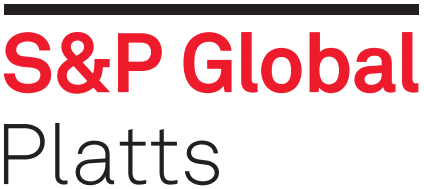
The current “relaxation” of the European Commission’s safeguard measures on steel imports – with a 5% enlargement of import quotas in February this year, another upward revision of 5% scheduled for July 2019 and another in July 2020 – operates out of step with the anticipated decline of the EU steel market in 2019, European Steel Association Eurofer said Tuesday.
Eurofer is “a key stakeholder in the safeguards process so will argue on the procedure,” said Karl Tachelet, Eurofer’s director of international affairs, on a webcast with reporters. The situation in which the current 3-year safeguard was first set up, becoming effective from July 2018, has “changed dramatically since,” he said.
In mid-2018 prices for hot-rolled coil in Europe were at a “healthy” level around Eur545/mt ($609/mt), but have fallen in Southern Europe to around Eur460 and remain depressed, according to Tachelet. The excess steelmaking capacity problem globally “is getting worse and worse” as capacity being built to replace imports, for instance in the Middle East and North Africa, will impact EU producers particularly in southern Europe, he said.
“Algeria could become an exporter of rebar to the south of Europe,” he said.
With higher imports and a depressed market, with expectations of EU apparent steel consumption falling by 0.4% over 2019, more steelmakers could follow ArcelorMittal’s lead in cutting output, announced this week, Tachelet said.
The OECD recently put global steel overcapacity at 550 million mt, Eurofer reported.
“The 15% increase in import quota allowed in the final safeguard measures risks squeezing the EU steel sector, as it will be exposed to rising import pressure in a shrinking market,” Eurofer said in a statement.
“The impact of imports having surged over 2018 has squarely hit home. In an EU market that grew by 3.3% last year, imports grew by 12.6% and domestic deliveries by only 1.7%,” Axel Eggert, director general of Eurofer, said in the statement. “This represents yet further loss of market share for domestic producers.”
Imports, at 9.6 million mt, accounted for 24.7% of EU steel demand in Q4 2018, according to Eurofer.
— Diana Kinch




